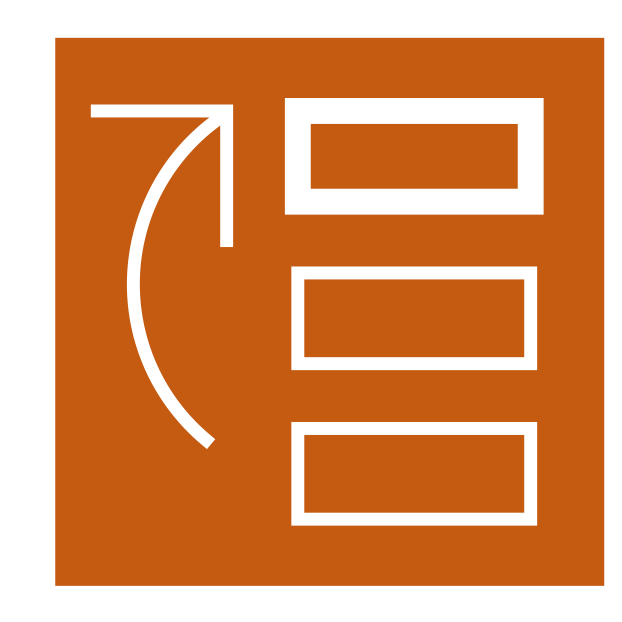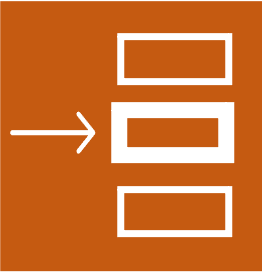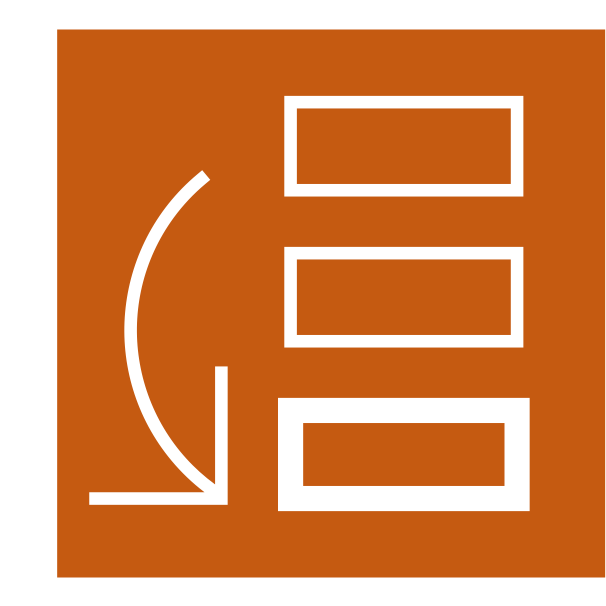What are Blogs?

A blog is an online journal. The word blog is taken from Web log. The activity of updating a blog is called blogging and a person who keeps a blog is called a blogger. The entries in a blog are in reverse chronological order (i.e. the newest entry on the top of the page) and there is the ability to comment on someone’s blog. The comments usually appear below the blog. It is very easy to set up a blog using free web tools. People blog for a variety of reasons and on a multitude of topics. You can make a blog private so only you can see it. You can make it so only invited people can access it or you can make it public so everyone can see it.
Benefits of Using Blogs:
- Using blogs with students enables students to reflect on their learning activity.
- Having to put their learning into writing in a blog aids the learning process for students.
- Making student blogs available to peers leads to peer learning opportunities.
- Tutors can monitor what the students have learnt but it also gives them a window into the learning process.
- Can promote critical and analytical thinking from students.
- They are asynchronous, which means the students can blog at a time and place to suit them
- Blogs encourage participation by all students.
- Using blogs captures the development of thinking and ideas in students over time.
Case Study

Task: To discuss the relationship between living standards and politics in inter-war Britain. Learning objectives: To enable students to participate in the debate on living standards and politics between the wars. Some historians argue that Britain was ‘on the breadline’ between the wars, whereas others suggest that the period witnessed ‘the dawn of affluence’.
Method:
Stage 1: The tutor posted two photographs on to Brightspace; one showed terraced housing and a protest march and the other a brand new gleaming factory building.
Stage 2: Students were asked to look at the pictures and consider what the images say about Britain in the 1930s. Using the blog tool students were asked to list some contrasts between the sets of images. For example: Working class & middle class. They were told ‘obviously the earlier you do this the easier it is – because you should not repeat those said by anyone else!’ Students were asked not to write more than 50 words each.
Stage 3: Students had to read previous comments to ensure they were not repeating and either come up with new contrasts or develop those of previous students.
Stage 4: In the seminar, students were asked to summarise the contrasts and consider the implications for voting behaviour, linking the historiographical debate on standards of living between the wars with the electoral success of the Conservative Party. Participation was good with about two-thirds of the fifty students taking part – with often reluctant to participate students posting quickly in order to post the most obvious contrasts. Later students tended to develop points made earlier but this resulted in sophisticated responses. The task had usually been undertaken in the seminar taking the first 30 minutes or so. With the contrasts completed before the seminar, it was possible to move on swiftly to the discussion of the political implications of living standards in Britain between the wars with asynchronous group activity taking place between taught seminars in term 1 and then in place of seminars in term 2, suitable for unlimited numbers of students on multiple sites learning objectives for the class: exploration and extension of ideas and topics discussed in seminars and as a run-up to forthcoming discussions, learning through practice and feedback, how to articulate and respond to ideas in written form as well as through spoken discussion.

Prior to the session: All students undertake prescribed reading of primary texts and secondary commentary so that they all have a shared knowledge of the issues raised by the texts and the difficulties they present.

During the Session: Students in the seminar are subdivided into blogging ‘groups’ of around 5-10 members, which allows them to develop dialogues and to build confidence and familiarity. The students are able to view the blogs of other groups but cannot post comments to them. Students are asked to respond in their blogs to a series of tasks. These begin very simply by asking students to post a brief comment and an image that they think would be interesting to talk about in the following week’s seminar. Students are then asked to leave a response to comments by their peers, gradually building towards more complex, challenging and open-ended tasks and activities.

Follow up activity: The seminar discussion and the blogging activity tend to throw up different kinds of discussion, which are mutually beneficial. Therefore, there is no clear line between the main activity and the follow-up since seminars and blogging groups tend very often to feed into each other.
The Applied Research Module
The Applied Research Module is a project based Honours level module students were asked to produce a product (leaflet, webpage, video, etc) that is informed by social science research and would be of interest to a wider audience. They are asked to produce a commentary on the research that informed the product alongside the process of putting it together (how they chose their audience, rationale for format etc.) The delivery is via individual tutorial sessions. The TQEF funding enabled development work on the module that was designed to do things firstly to engage the students in working on their product and commentary through a series of stages that were supported online secondly. As this module is delivered across courses and sites, it is aimed to provide students with opportunities to share their experiences and to enable peer learning. Initially the students were asked to complete a project proposal that was posted on to the Bb discussion site. Students were assigned to groups and asked to comment on each other’s proposals. The next exercise encouraged students to work towards their commentaries using blogs but not all students completed these. Those who did, produced some excellent work. A key advantage of the online activities was that it enabled the module leader to see how students were progressing and which students needed chasing up. Those students who returned module evaluations were very positive about their learning experience. One clear benefit of the changes is that it enables students at the University campuses to be part of a wider community of learners than they would normally experience.
Blogging Tools
Campus Pack blogs are no longer used at the University. Below is a list of alternative resources in Brightspace and Microsoft Teams:
Brightspace Assignment Text Submissions
You can set up a Brightspace Assignment and choose the text submission option, ensure you allow unlimited submissions as this will enable students to complete a text submission for each blog post.
- How-to Guides on Assignments in Brightspace
- Screencast Guides can be found in Brightspace Bytes module (Unit 11 – Grading Through Brightspace)
Brightspace Discussion Forums
You can set up a discusion forum to give earlier individual or group space to students using Brightspace Groups. Students can a new threads to each board acting as a blog. Students are also able to rate and reply to other threads.
- How-to Guides on Discussion Forums
- Screencast Guides can be found in Brightspace Bytes module (Unit 6 – Discussion Boards)
Brightspace Activity Feed
You can request this tool from your schools LTA. It will allow for students to post infromal or formal updates and thoughts on current projects.
- How-to Guide on the Activity Feed
- Screencast Guides can be found in Brightspace Bytes module (Unit 18 – Other Tools)
Class Notebook in Teams
Within your Module Team, each student is given their own section of the Class Notebook, which can be tailored to a specific use case. This resource will allow students to add blog posts to the same document within the virtual environment.
11 reasons for using blogs in teaching:
http://www.slideshare.net/frankcalberg/11-advantages-of-using-a-blog-for-teaching
Why use blogs and wikis?
http://www.slideshare.net/mweller/why-use-blogs-and-wikis
References to Scholarly Articles:

Ursula Lutzky, Matt Gee (2018). The pragmatics of initiating comments on blog posts. Journal of Pragmatics Pages 173-184.

Bouwma-Gearhart, J. L., & Bess, J. L. (2012). The transformative potential of blogs for research in higher education. The Journal of Higher Education, 83(2), 249-275.

Lillo-Bañuls, A., Perles-Ribes, J. F., & Fuentes, R. (2016). Wiki and blog as teaching tools in tourism higher education. Journal of Teaching in Travel and Tourism, , 1-20..

Neira-Piñeiro, M. d. R. (2015;2014;). Reading and writing about literature on the internet. two innovative experiences with blogs in higher education. Innovations in Education and Teaching International, 52(5), 546-557.

Sharma, P., & Tietjen, P. (2016). Examining patterns of participation and meaning making in student blogs: A case study in higher education. American Journal of Distance Education,30(1), 2-13.